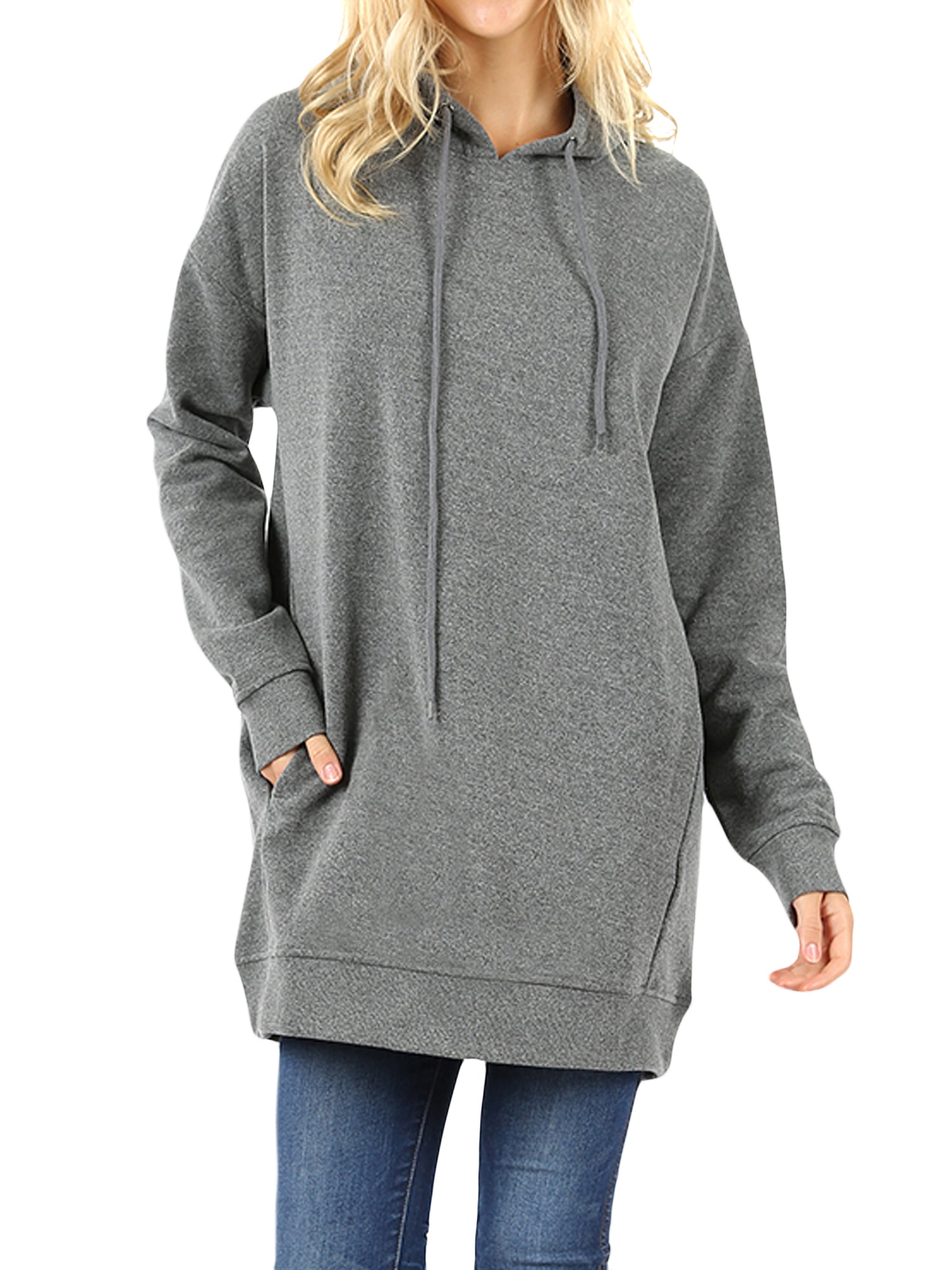Sweatshirts are long-sleeved pullover shirts that are typically constructed from thick cotton fabric. They are typically used for casual wear but aren't as dressy as sweaters or cardigans. They do not usually have an Hood. If you are interested in buying a sweatshirt, here are some tips:
The appeal of Norma Kamali was spread by the use of sweatshirts
Since the late '70s the Norma Kamali brand has been turning the humble sweatshirt into an art form. Her designs have become an essential part of all women's wardrobes. Her distinctive designs vary from a tummy-tucking v neckline to leather-paneled sweatshirts. She also has created clothes with unique designs, like an oversized tank top that has an extended trumpet skirt.
A collaboration with the brand and the sweatshirt maker Everlast led to her Timeless collection, which became a huge hit when it was featured in the Spiegel spring 2006 catalog. The collection offered interchangeable and convertible knits in classic shapes and a lot of pieces were priced under $20. Even if Kamali's Timeless collection was not sold in stores, buyers could still find the items through eBay as well as Poshmark.
Merino wool sweatshirts are more comfortable than soft sweatshirts
Merino wool is known for its ability to remove moisture, which helps to keep you comfortable and dry. sweat shirts is an organic fiber and also offers a more comfortable feel. The fabric also dries quickly when compared with other natural material. Furthermore, merino is a sustainable resource. The merino sheep shed their coats every year and regrow new coats.
Merino's weight-to-heat ratio is high, and the warmth of wool makes it popular for sweatshirts. It aids in controlling body temperature due to its loft that naturally holds heat in the fibers. This is the reason Merino wool sweatshirts are ideal for summer as well as outdoor activities like mountain biking, and running. The warmth it provides ensures that the wearer stays well-hydrated and cool, something that is crucial when exercising.
Zip-front hoodies come with kangaroo pockets.
Kangaroo pocket hoodies are a popular style of hoodie. These hoodies have a large pocket on the front, that will keep your hands warm on chilly days. They're also more practical than traditional pockets because they permit your hands to slide in and out with ease.
The pockets of Kangaroos are typically big enough to accommodate a wallet or some other small items for personal use. They are commonly big enough to hold the palm of a hand that is small, and can even be large enough to accommodate two hands. They are wide on both sides and are ideal for carrying small items.
French Terry fabric is a popular fabric for sweatshirts
The French Terry fabric is constructed of soft yarns knitted into loops and are usually midweight. It is also known as a fabric that wicks away moisture and is already pre-shrunk. French Terry is an excellent choice for sweatshirts since it will keep you warm when you need it and keeps you cool when you're trying to cool down.
French Terry is also a popular choice for loungewear, since it is stretchy enough and has enough flexibleness to feel great against your skin. It also allows enough air to circulate through the fabric, making it perfect for layering under other clothing. In addition, because it is lighter than other sweatshirts, you can wear it all year round without feeling too either cold or hot.
Hoodies have classist connotations
Although it might appear that hoodies are just an appropriate clothing item for people of the working class but the truth is that they are a symbol of class. The hooded clothing was first popular in the early 1970s , in New York, where graffiti artists would wear them to conceal their identities. In 1976 Hoodies made their main debut in the film "Rocky," when the working-class main character was seen wearing hooded gray sweats on his famous climb up the steps of the Philadelphia Museum of Art.
Hoodies are often linked to death, destruction and other negative items, yet they serve a practical purpose. For example, monks and priests may wear hoods to show the proper manner of dress and to focus on their inner self.

